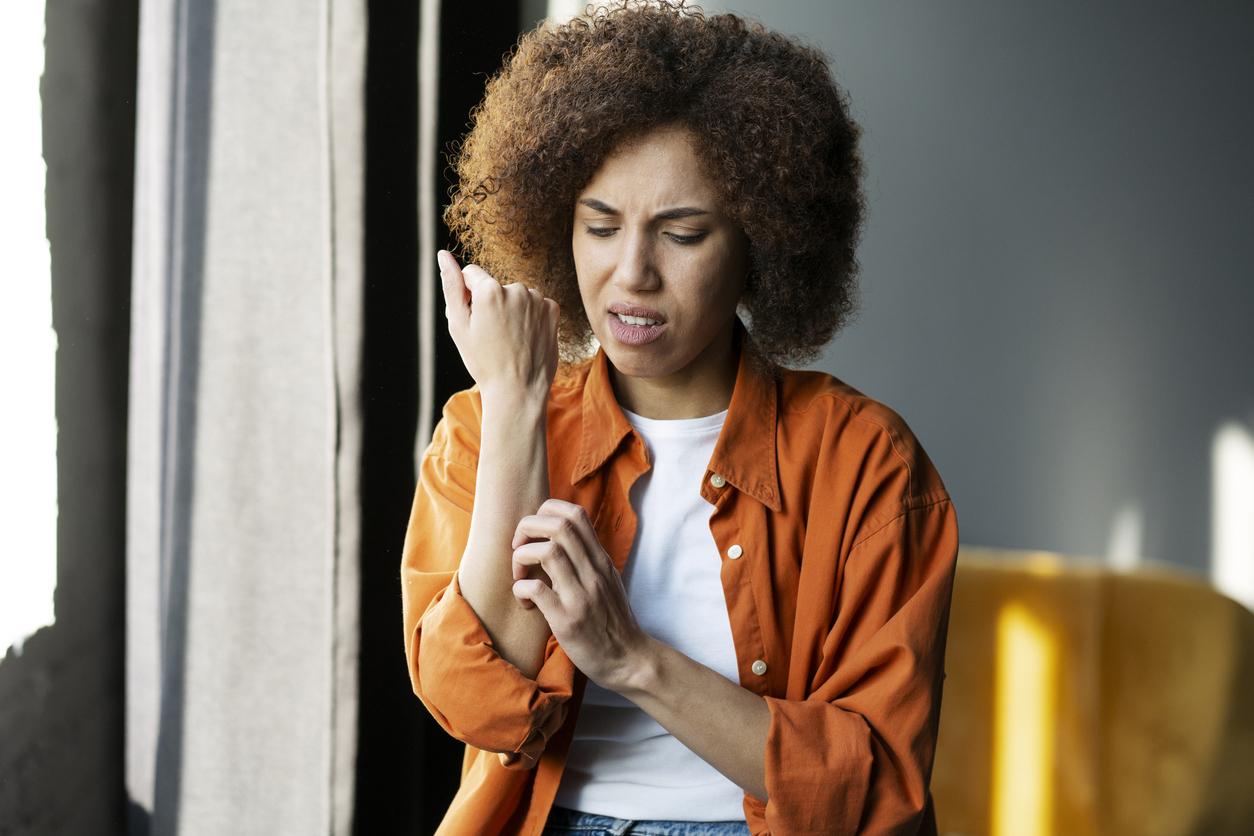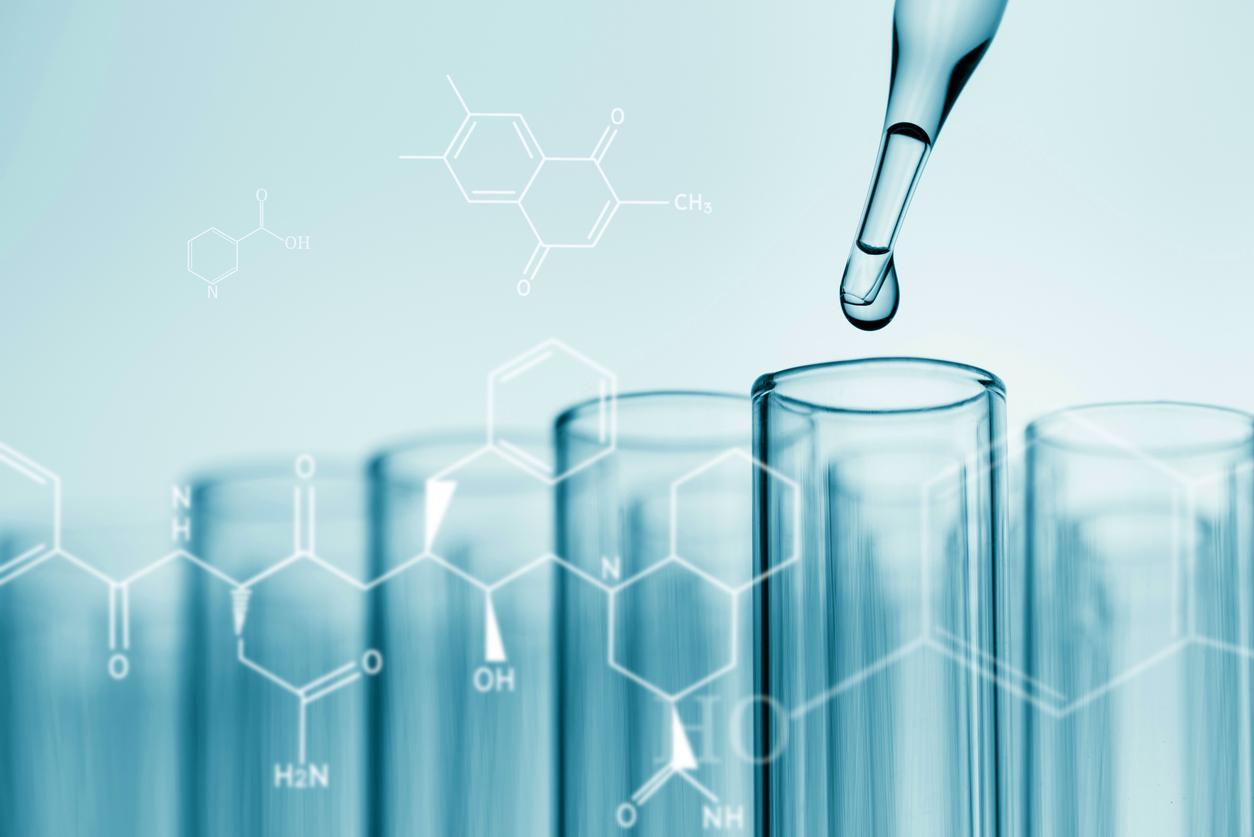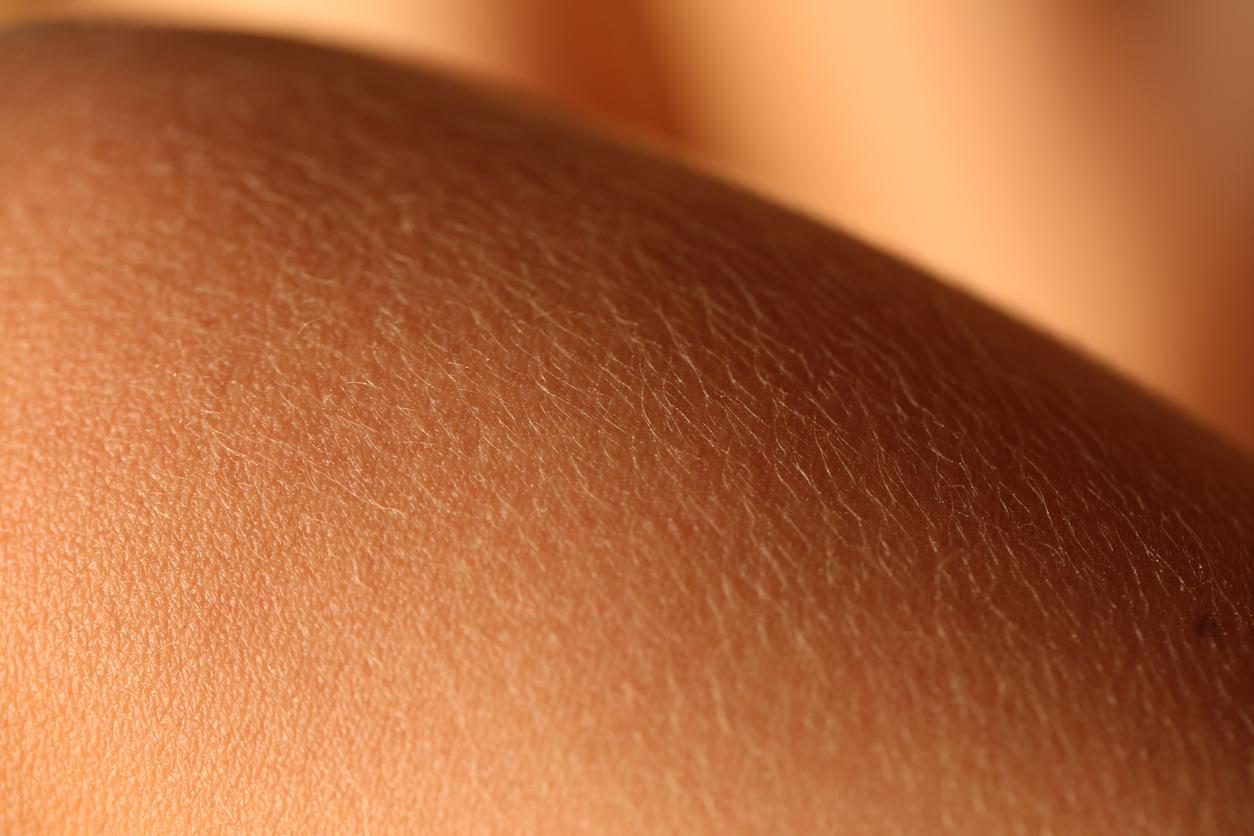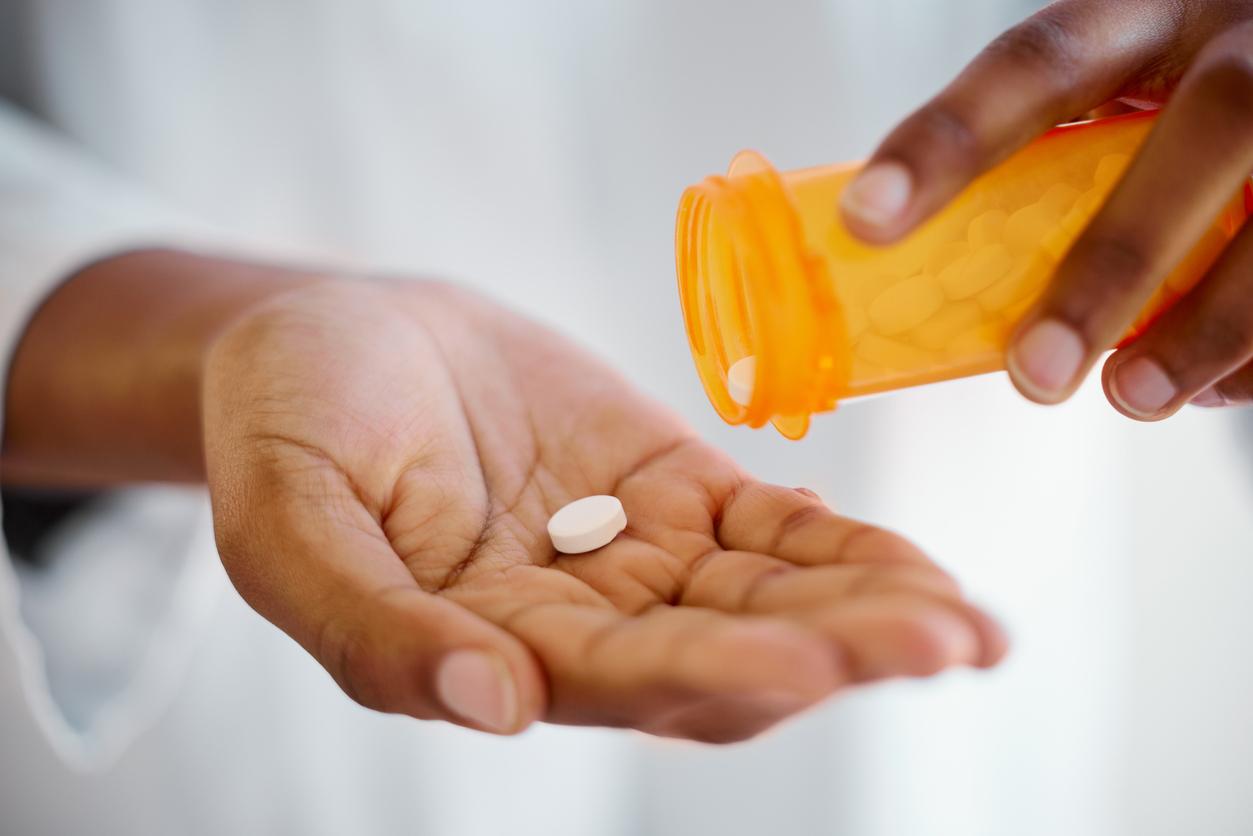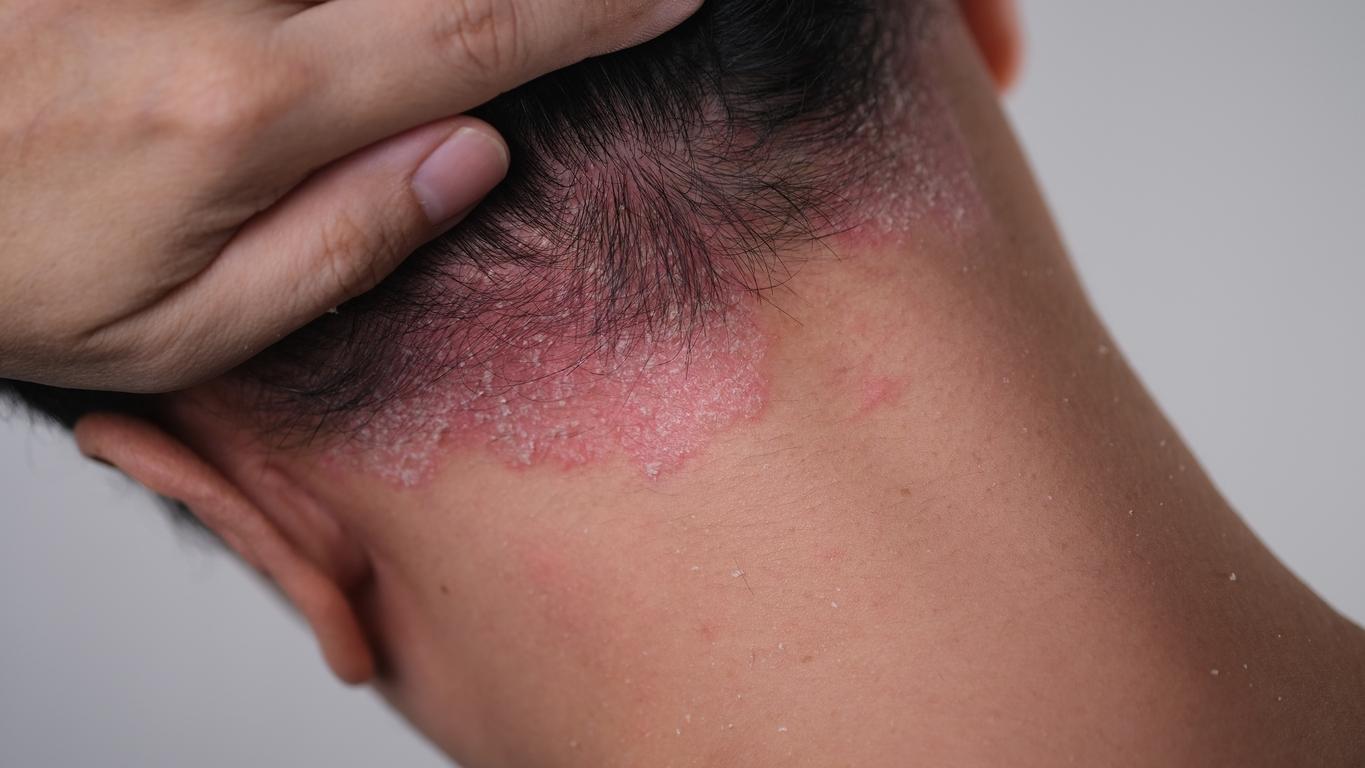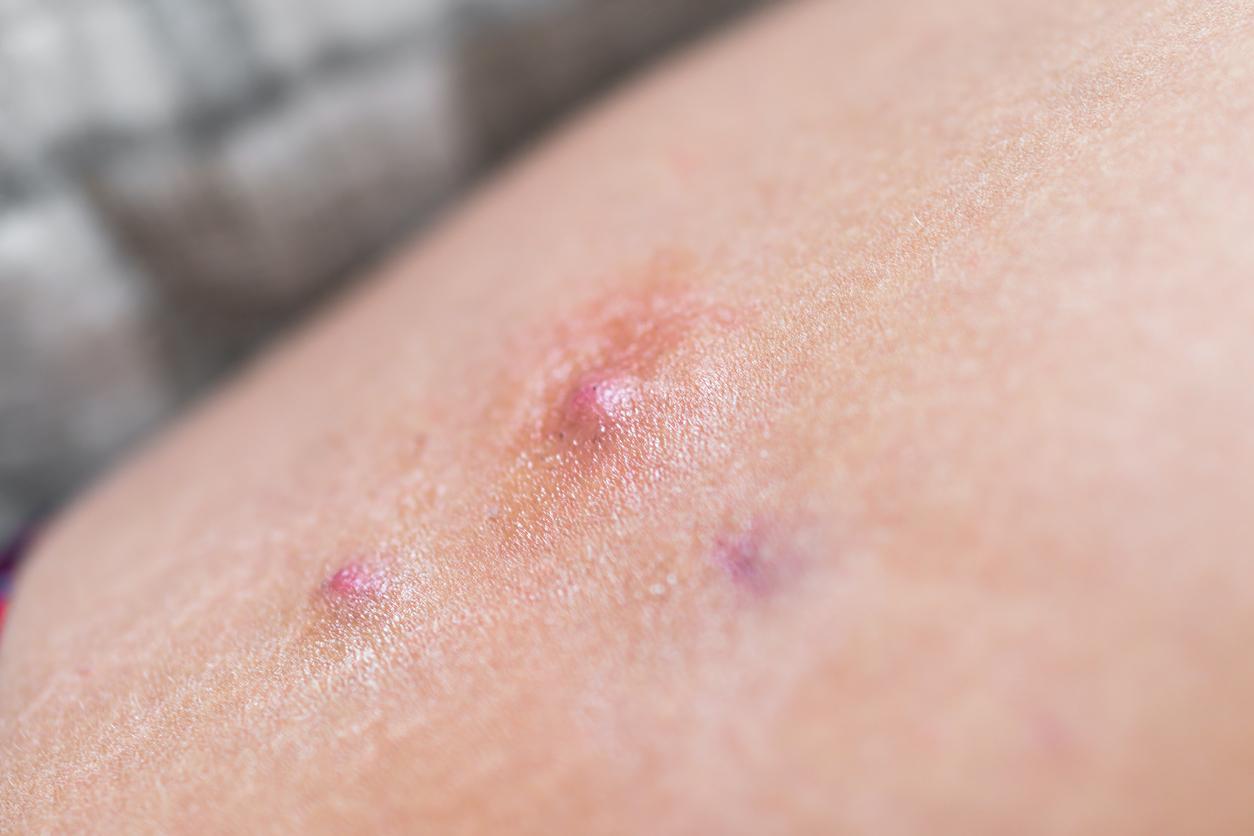Walking barefoot on our vinyl flooring, installed in our apartment or house, can allow chemicals to pass through our skin.
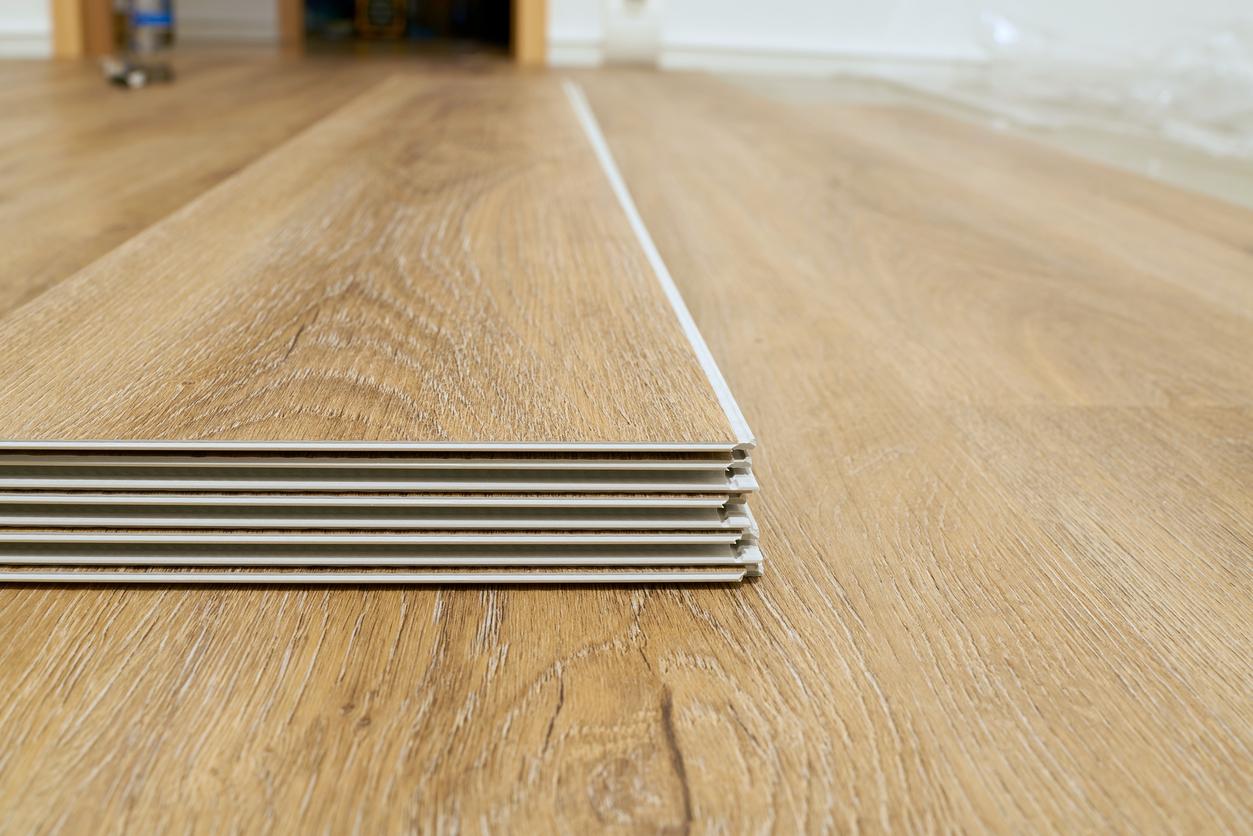
- PVC floors, a plastic made from vinyl chloride, are increasingly used because they look like wood but are less expensive, more practical to install and are easy to maintain.
- Vinyl chloride is made from mercury, lead, phthalate plasticizers, asbestos and other toxic additives.
- The chemicals used can end up in the dust that we breathe or be absorbed by the skin when walking barefoot on the coatings.
In recent years, some houses and apartments built or renovated tend to have one thing in common: vinyl floors. The latter are increasingly used, as they are less expensive, more practical and quick to install, have acoustic efficiency, they are also easy to maintain and can be cleaned with water.
“They look like wood, but they’re not maintained the same way. That’s why people use them everywhere. They’re used in hospitals, schools, affordable housing, but also in high-end residences and hotels. range”, said Jonsara Ruth, director of the Healthy Materials Lab at Parsons School of Design.
Problem: These floor coverings are made using PVC, which is a plastic made from vinyl chloride, which is toxic not only during production but also long after it is put into circulation. This was revealed an American Fast Company media.
Toxic additives found in vinyl floors
On his site, he explained that PVC floors are dangerous for the personnel who manufacture them because of the additives present in these floors. In China, where most vinyl flooring is developed, the first step is usually to produce vinyl chloride using mercury, another toxic chemical. Mercury “is released into the atmosphere and distributed throughout the world. It is released in the rain”, said Jim Vallette, president of Material Research L3C, a company that studies PVC.
According to Fast Company, the manufacture of vinyl chloride also generates dioxins, other powerful carcinogens, which then pollute the environment and can accumulate in the food chain. Once the PVC is made, other additives are used to turn it into flooring. Some factories use lead and phthalate plasticizers, which are toxic to reproduction. Asbestos is also used in the production of PVC.
Chemicals in PVC floors can be absorbed through the skin
Vinyl floors are also dangerous for the inhabitants of the dwellings where they are installed. Architectural firm Perkins & Will noted in a report that some additives like plasticizers do not attach to PVC and remain active. Thus they can end up in the dust that we breathe or be directly absorbed by the skin when walking barefoot on vinyl floors. In the event of a fire, the chemicals in the smoke can cause respiratory illnesses.
“I think as architects we have an important role to play in changing the course of things, and builders [ou] anyone working in construction or design. If we start demanding other products and boycotting PVC floors, the manufacturers will follow, right?”, specified Jonsara Ruth.








